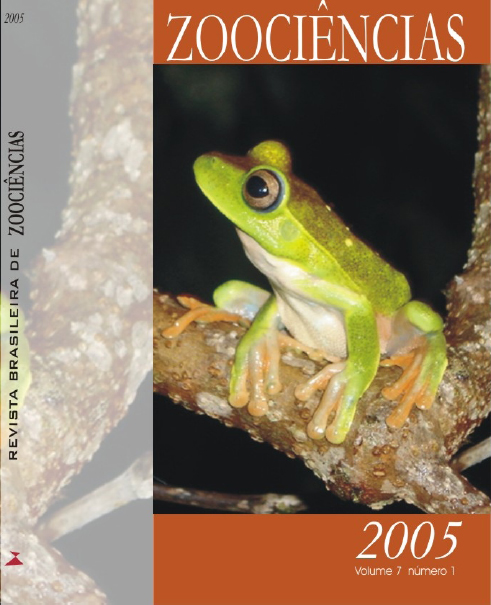Contracaecum Railliet & Henry, 1912 (Nematoda, Anisakidae): o parasitismo relacionado à biologia de três espécies de peixes piscívoros no reservatório do Jaguari, SP
Resumo
With the aim of analyzing aspects of parasitism by Contracaecum sp. in relation to the sex of fish, the period of sexual maturity, the development and methods of foraging of Hoplias malabaricus (Bloch, 1794), Rhamdia quelen (Quoy & Gaimard, 1824) and Salminus hilarii Valenciennes, 1850,70 example of these fish species, piscivorous in the adult phase, were examined between may, 2000 and june 2001 in the Jaguari reservoir, state of São Paulo. The prevalence and intensity of infection related to the general state of health and development of the fish using the relative factor of condition (kn) were also measured. The prevalence and intensities
of infection - H. malabaricus, 100% and 15,56 larva/fish, R. quelen, 73.33% and 28.41 larva/fish and S. hilarii, 83.37% and 57,08 larva/fish, respectively - indicate the high position of these species in the trophic chain of the reservoir. The analysis of kn showed that parasitism does not affect the general state of health of the studied fish. The sex of the fish and
the period of sexual maturity affect the parasitism levels only for S. hilarii. The foraging method of fishes influences the parasitism.
Downloads
Não há dados estatísticos.
Downloads
Publicado
2009-08-26
Edição
Seção
Artigos



